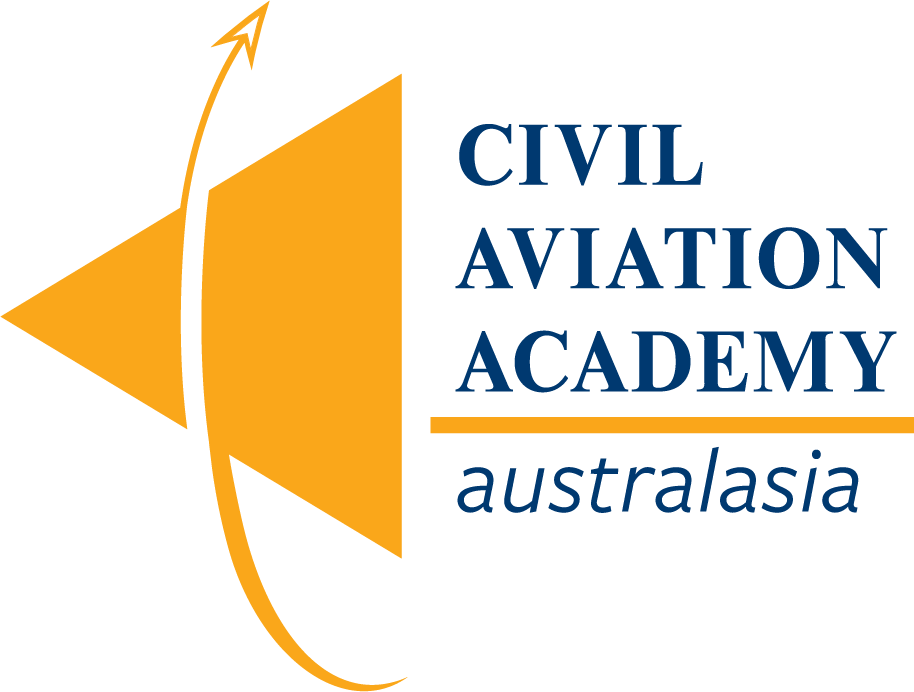- 08 6180 7939
- andy@caaa.com.au
- Mon - Fri: 9:00 - 15:00 (WST Perth)

CAAA News
Aviation Routines Inspired Improvements in Surgery Procedures
Facebook
LinkedIn
Use of Routine Checklists in Surgery
The ‘Safer Surgery’ initiative was spearheaded by Dr. Atul Gawande, an esteemed surgeon affiliated with Brigham and Women’s Hospital and the Harvard School of Public Health. He and his team developed a system of ‘routine’ Safe Surgery Checklists designed to ensure the timely execution of established procedures, such as administering antibiotics before surgery. The checklist is strategically employed at three crucial stages: before anaesthesia induction, before the initial incision, and before the patient exits the operating room.

Safe Surgery Checklists draw inspiration from successful safety measures implemented in other high-risk industries, such as aviation.
Inspired by a checklist developed by Boeing in the 1930s for pilots managing routine procedures amidst the increasing complexities of flying, the Safe Surgery Checklist seeks to replicate its success in the surgical domain. Boeing’s checklist notably led to a significant reduction in crashes, yielding immediate cost savings and preserving lives. The pivotal question arises: can a similar checklist prove equally effective in the dynamically evolving field of surgery?
Launched in Washington DC in June 2008, the Safe Surgery Checklist garnered substantial attention in the media due to its anticipated benefits. The concept gained prominence with the World Health Organization (WHO) also introducing the Surgical Safety Checklist in 2008. The checklist is still in use today Tool and Resources (who.int) Australia’s own healthcare and government agencies also utilise this same approach. For example: Surgical Safety Checklist | SA Health (updated August 2023)
Results from an eight-centre study in 2009 involving surgeons from both developed and developing nations indicate a remarkable one-third reduction in complications. In the UK alone, the checklist is estimated to prevent around 80,000 complications annually. The impact of this initiative is poised to be transformative, promising safer surgical procedures and improved outcomes on a global scale.
Safe Surgery Checklists represent a crucial tool in the field of healthcare, specifically within surgical settings, aimed at enhancing patient safety and minimizing complications. These checklists consist of a structured set of items and tasks that surgical teams follow before, during, and after a surgical procedure. The primary goal is to ensure that essential safety measures and protocols are consistently implemented, thereby reducing the likelihood of errors and adverse events.
Key features of Safe Surgery Checklists typically include:
- Preoperative Checks:
– Verification of patient identity, surgical site, and planned procedure.
– Confirmation of essential preoperative preparations, such as administering antibiotics. - Intraoperative Checks:
– Confirmation of critical steps before the first incision, including patient positioning and anaesthesia induction.
– Verification of the availability of necessary equipment, instruments, and imaging. - Postoperative Checks:
– Review of key postoperative steps, including wound closure and documentation of essential details.
– Confirmation of postoperative care plans and instructions for the patient. - Team Communication:
– Encourages effective communication and collaboration among surgical team members.
– Facilitates the sharing of critical information and identification of potential concerns. - Adaptability:
– Designed to be adaptable to different surgical procedures and settings.
– Allows for customisation based on the specific needs and protocols of the healthcare facility.
Research studies have demonstrated the effectiveness of Safe Surgery Checklists in reducing surgical complications and improving patient outcomes. The checklists serve as a standardised and systematic approach to ensure that critical safety measures are consistently applied, fostering a culture of safety within surgical teams and healthcare institutions.
